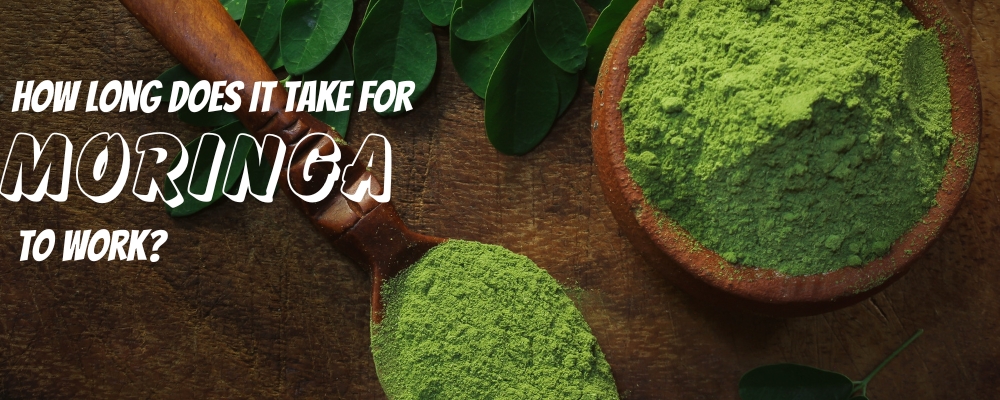Picture this: a lush, green tree standing tall in a snowy landscape. Its delicate leaves gracefully sway in the frigid breeze, seemingly unaffected by the icy temperatures. This is the miracle of the Moringa tree, a plant known for its remarkable ability to thrive in even the harshest of climates.
Moringa is a versatile tree that has been cultivated for centuries in warm tropical regions, but can it withstand the bitter cold of winter? This question has intrigued gardeners and health enthusiasts alike who are eager to harness the power of this superfood in colder climates. While the thought of growing Moringa in a snowy backyard may seem like a far-fetched dream, it is indeed possible with the right approach.
Growing Moringa in cold climates requires careful planning and protection. The first step is to choose a cold-hardy variety, such as the Moringa oleifera variety, which has been found to tolerate temperatures as low as 32°F (0°C). Next, it is important to provide the tree with a sheltered and sunny spot, away from harsh winds and frost pockets. Mulching the soil around the tree with organic matter will help insulate the roots and retain moisture, ensuring the tree’s survival during freezing temperatures.
Common Problems with Moringa
Now that we have explored the many benefits of Moringa, it’s important to address some common problems that people may encounter when growing or using this incredible plant.
One common problem with Moringa is that it can be susceptible to pests and diseases. Aphids, caterpillars, and whiteflies are some of the pests that can attack Moringa plants. These pests can cause damage to the leaves and hinder the plant’s growth. Additionally, Moringa can also be affected by diseases such as powdery mildew and root rot. If left untreated, these diseases can weaken the plant and even lead to its death.
Another issue that people may face when growing Moringa is poor soil quality. This plant thrives in well-drained soil that is rich in organic matter. However, in some cases, the soil may be too compacted or lacking in essential nutrients. This can result in stunted growth and reduced yield. To overcome this problem, it is recommended to amend the soil with compost or organic fertilizers to improve its quality.
Furthermore, Moringa trees can sometimes be challenging to propagate. While the seeds of Moringa are relatively easy to germinate, the success rate of cuttings can be lower. The cuttings need to be taken from healthy and mature trees, and proper care must be taken to ensure their survival. This can include providing the right amount of moisture, temperature, and sunlight.
Lastly, another concern that people may encounter is the bitter taste of Moringa leaves powder.
Common Pests and Plant Diseases
As you delve deeper into the world of growing Moringa, it is important to be aware of the potential challenges that can arise. While we have discussed some common problems with Moringa in the previous section, it is equally important to address another critical aspect: common pests and plant diseases that can affect this incredible plant.
Moringa, with its abundant foliage and succulent leaves, can become an attractive target for pests looking for a nutritious meal. One of the most notorious culprits is the aphid, a tiny insect that feeds on the sap of Moringa leaves. These pesky creatures multiply rapidly and can cause significant damage if left unattended. However, fear not! There are natural solutions to keep aphids at bay. Introducing ladybugs into your Moringa garden can help control the aphid population, as these beneficial insects feast on these tiny pests.
Another common pest that can wreak havoc on your Moringa plants is the caterpillar. These voracious eaters can quickly strip your Moringa trees of their leaves, leaving them weak and vulnerable. To prevent caterpillar infestations, regular inspection of your plants is crucial. If you spot any caterpillars, simply remove them by hand or use organic insecticides to deter their presence.
In addition to pests, Moringa is also susceptible to various plant diseases. One of the most damaging diseases is powdery mildew, which manifests as a white powdery substance on the leaves. This fungal infection can inhibit photosynthesis and stunt the growth of your plants.
Conclusion
In conclusion, growing Moringa in cold climates can be challenging, but with the right strategies and care, it is possible to cultivate this incredible plant in such conditions. Common problems with Moringa include frost damage and slow growth due to low temperatures. To overcome these challenges, it is important to provide proper protection to the plants during cold spells, such as covering them with frost blankets or bringing them indoors.
Additionally, common pests and plant diseases can also hinder the growth of Moringa in cold climates. Regular inspection and early detection of any signs of infestation or disease are crucial in preventing further damage. Using organic pest control methods and providing the plants with optimal growing conditions, such as well-drained soil and adequate sunlight, can help mitigate these issues.
While growing Moringa in cold climates may require extra effort and attention, the rewards are well worth it. Imagine having a lush green Moringa tree in your backyard, providing you with an abundance of nutritious leaves and seeds throughout the year. Not only will you have a sustainable source of healthy food, but you will also contribute to a greener environment.
So, don’t let the cold weather discourage you from growing Moringa. With proper care, protection, and a little bit of patience, you can nurture this miracle plant even in the chilliest of climates. Embrace the challenge, and let the beauty and benefits of Moringa grace your garden and your life.




